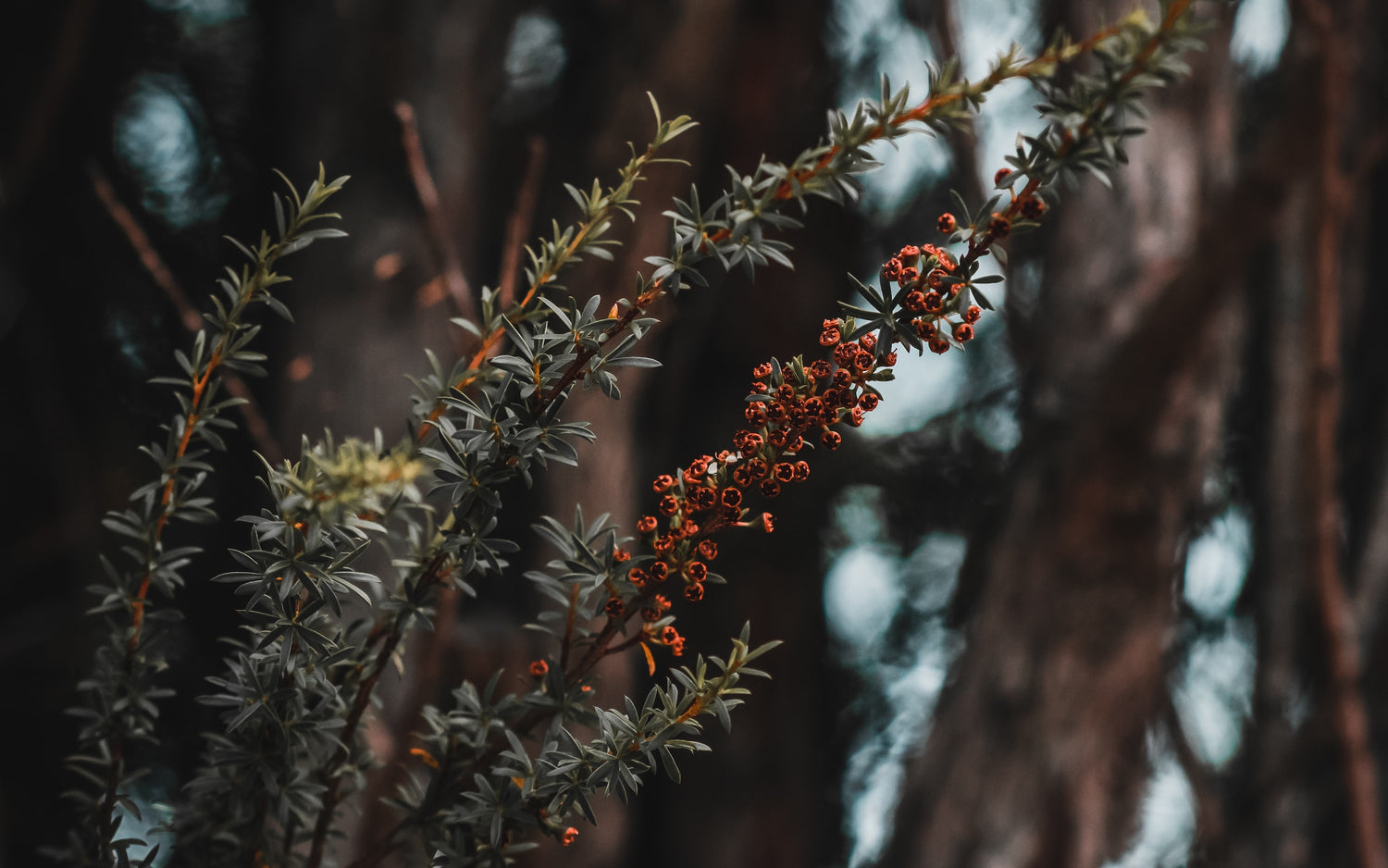
The Science of Manuka Honey
Unless you live under a nice quiet rock (lucky you), you’ve probably heard about an ingredient called Manuka honey - made by bees that feed on the Manuka trees of New Zealand. Manuka...
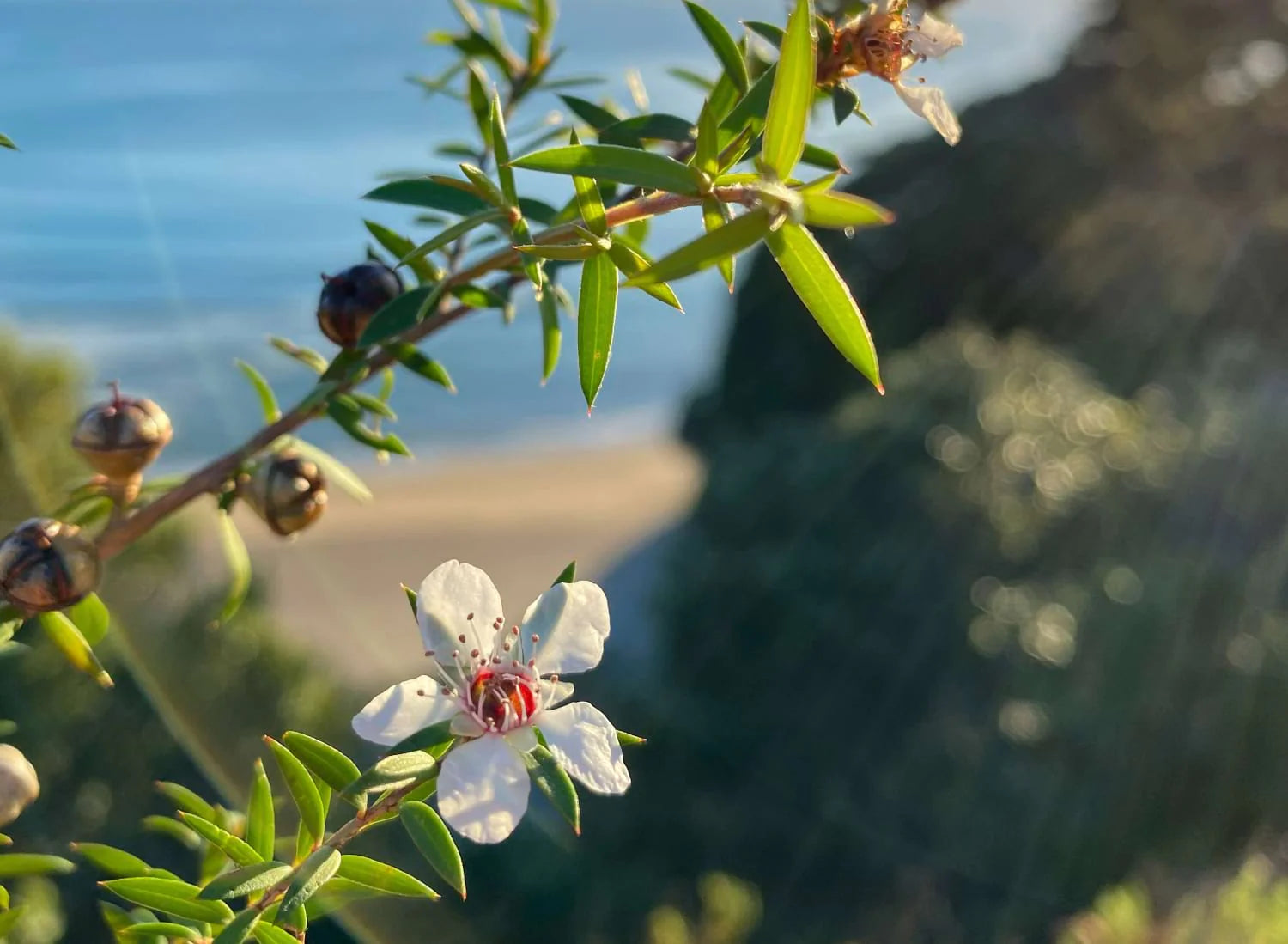
Our Manuka Oil is found in the leaves of Manuka trees growing wild on the East Cape of New Zealand. This oil contains the highest levels of active “triketone" compounds of any Manuka. Oil is produced by low temperature steam distillation without the use of chemicals. The leaves and branchlets are sustainably wild harvested from naturally regenerating trees that have had no sprays or chemical fertilizers on them, nor have they been genetically modified.
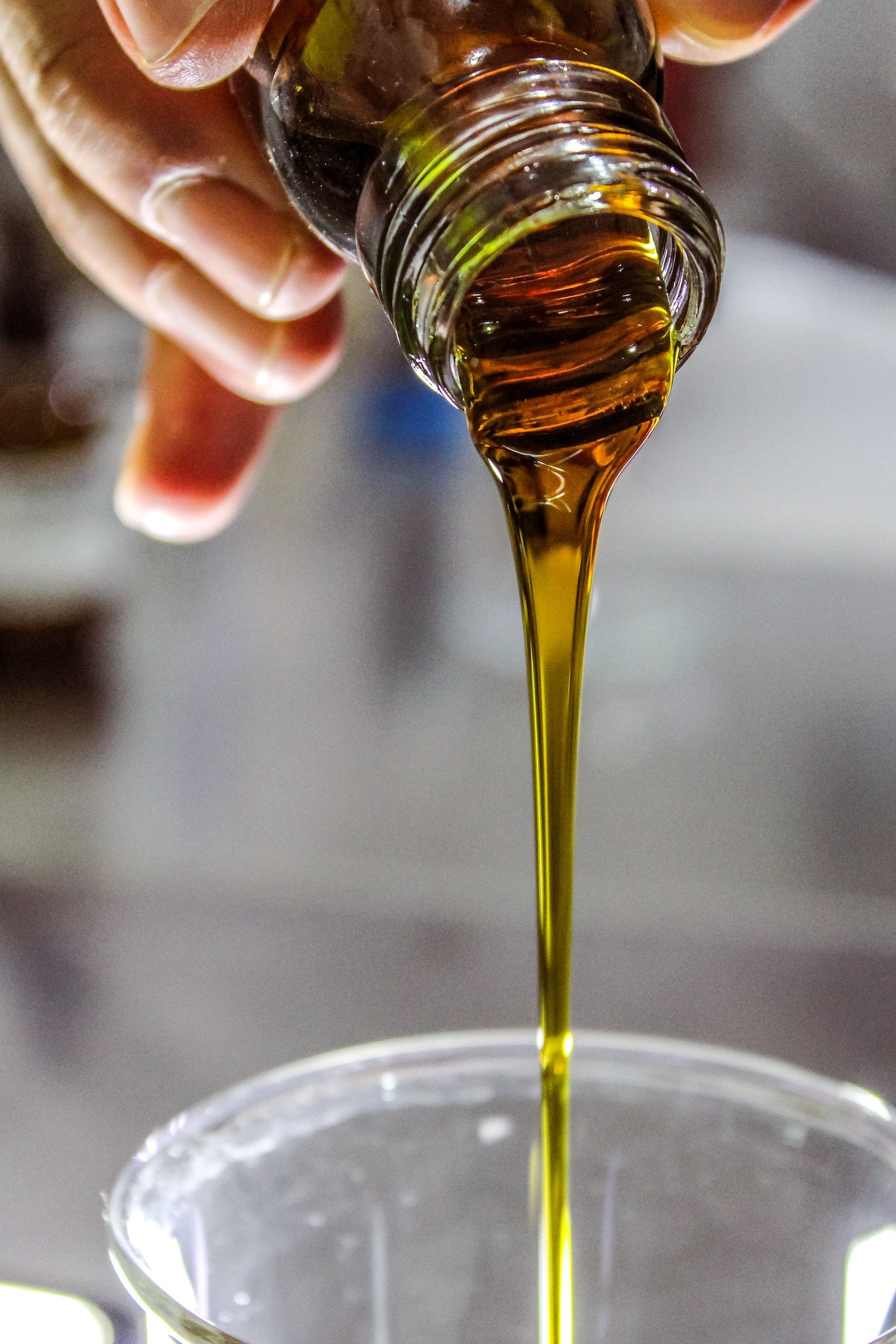
Manuka Honey is produced by bees from the nectar of the flowers of the Manuka tree that grows wild in remote, hilly regions of New Zealand. Honey has been used for centuries by many cultures for its antibacterial and healing properties. Manuka honey has other unique and special antibacterial properties - these have been called the "Unique Manuka Factor" or UMF®. The strength of UMF® honey is rated to reflect the different level of these properties which vary from Manuka to Manuka in different areas and seasons.
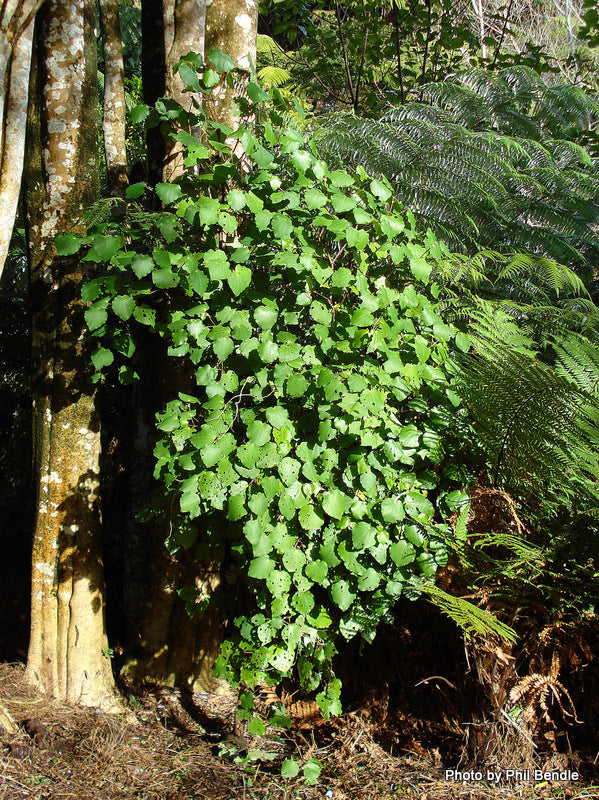
Kawakawa is a native plant found in the New Zealand bush and isused to treat infections and reduce inflammation in various skin conditions such as psoriasis, eczema, dermatitis, acne, sunburn, insect bites, minor cuts, burns and chapped skin.
In natural anti aging skincare, kawakawa is used as a skin tonic. This effective anti-inflammatory ingredient helps calm and balance, soothing blemishes for clearer, more youthful skin.
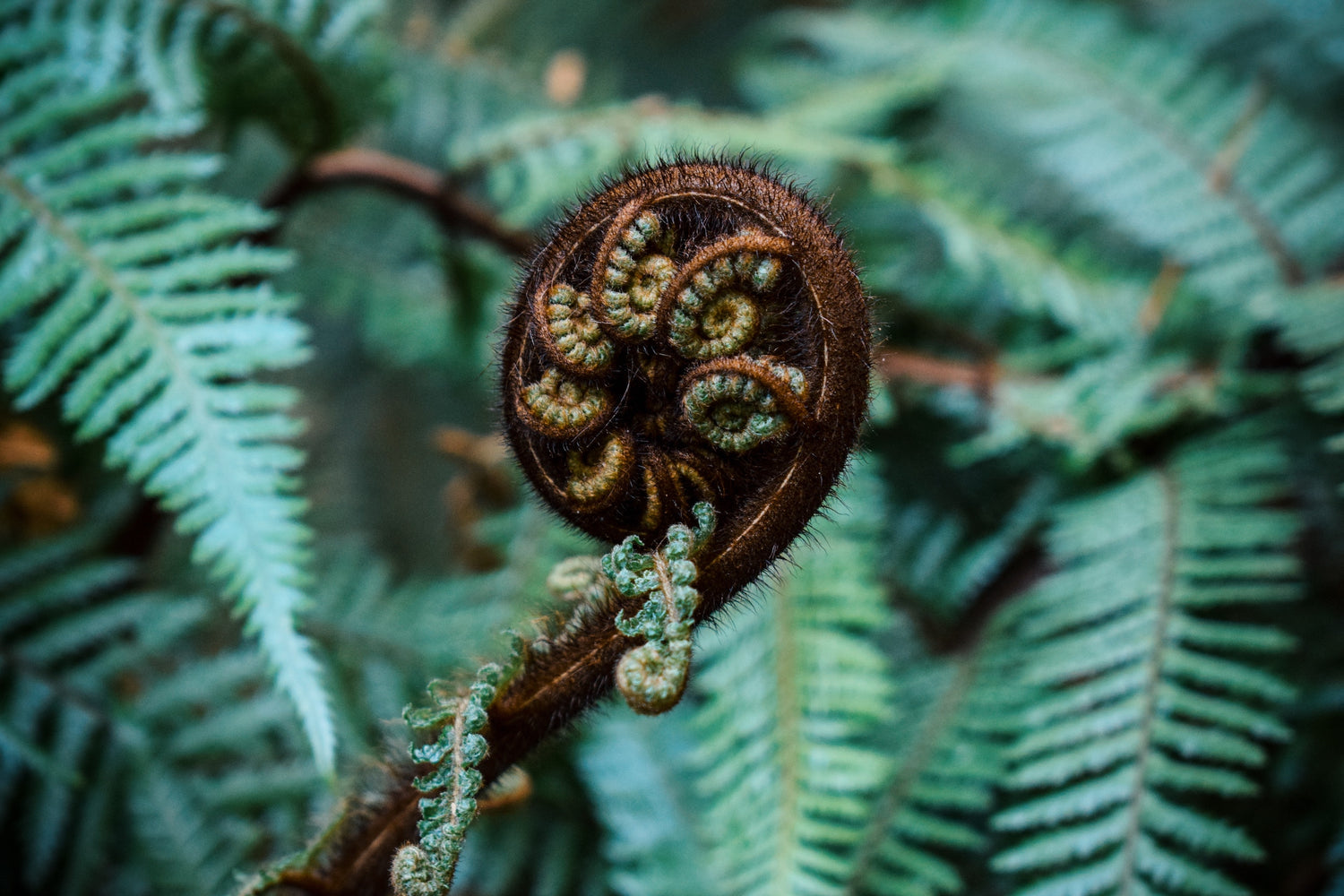
Land and sea botanicals have developed marvellous biomimetic biopolymers as defensive and adaptive mechanisms to survive and thrive in their unique New Zealand environment where the thin ozone layer offers little protection against aggressive UV rays. Botanicals like Mamaku produce mucilage containing Glucuronomannans, which assist in forming 3D - viscoelastic matrix that can rapidly hydrate. Consequently, this synergistic activity provides immediate lifting and tightening of the skin. These straight-chained biopolymers have also outstanding antioxidant and antipollution properties while the uronic acids that form the backbone of Glucuronomannans, are thought to be important for facilitating water solubility and water holding capacity.
These unprecedented natural architectural feats cannot be replicated by even modern science.
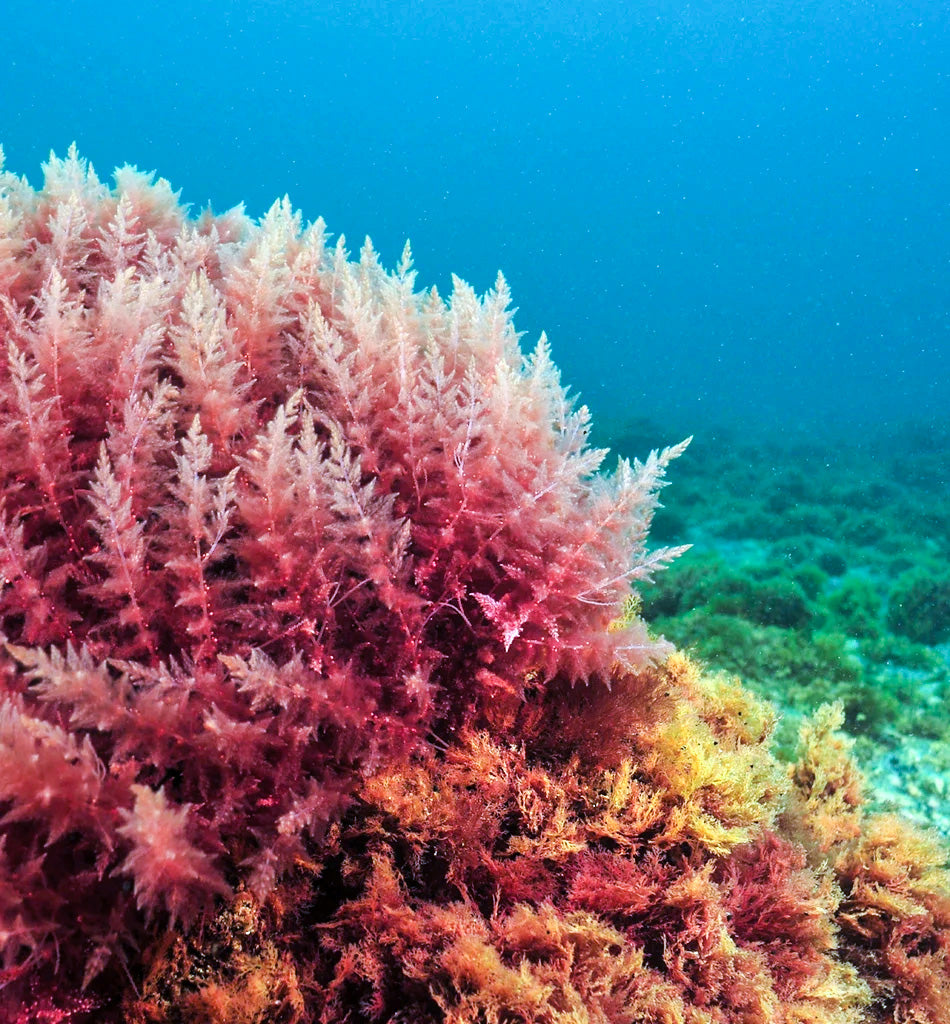
The monosaccharides and oligosaccharides from red seaweed are the major components responsible for conveying anti-inflammatory activities. They do this by either down regulating the activity of monocytes and macrophages by reducing the expression of cyclooxygenase-2 (COX-2) (prostaglandins producing enzyme) or down regulating the communication between the cells via reducing the levels of Nitric Oxide, TNF-α, IL-1b, and IL-6 (pro-inflammatory cytokines). The sGAGs from red seaweeds have structural features that resemble the “eight essential sugars” of human cells, allowing specific binding to proteins, polysaccharides and bioactives within cells to induce specific activities.

Unless you live under a nice quiet rock (lucky you), you’ve probably heard about an ingredient called Manuka honey - made by bees that feed on the Manuka trees of New Zealand. Manuka...
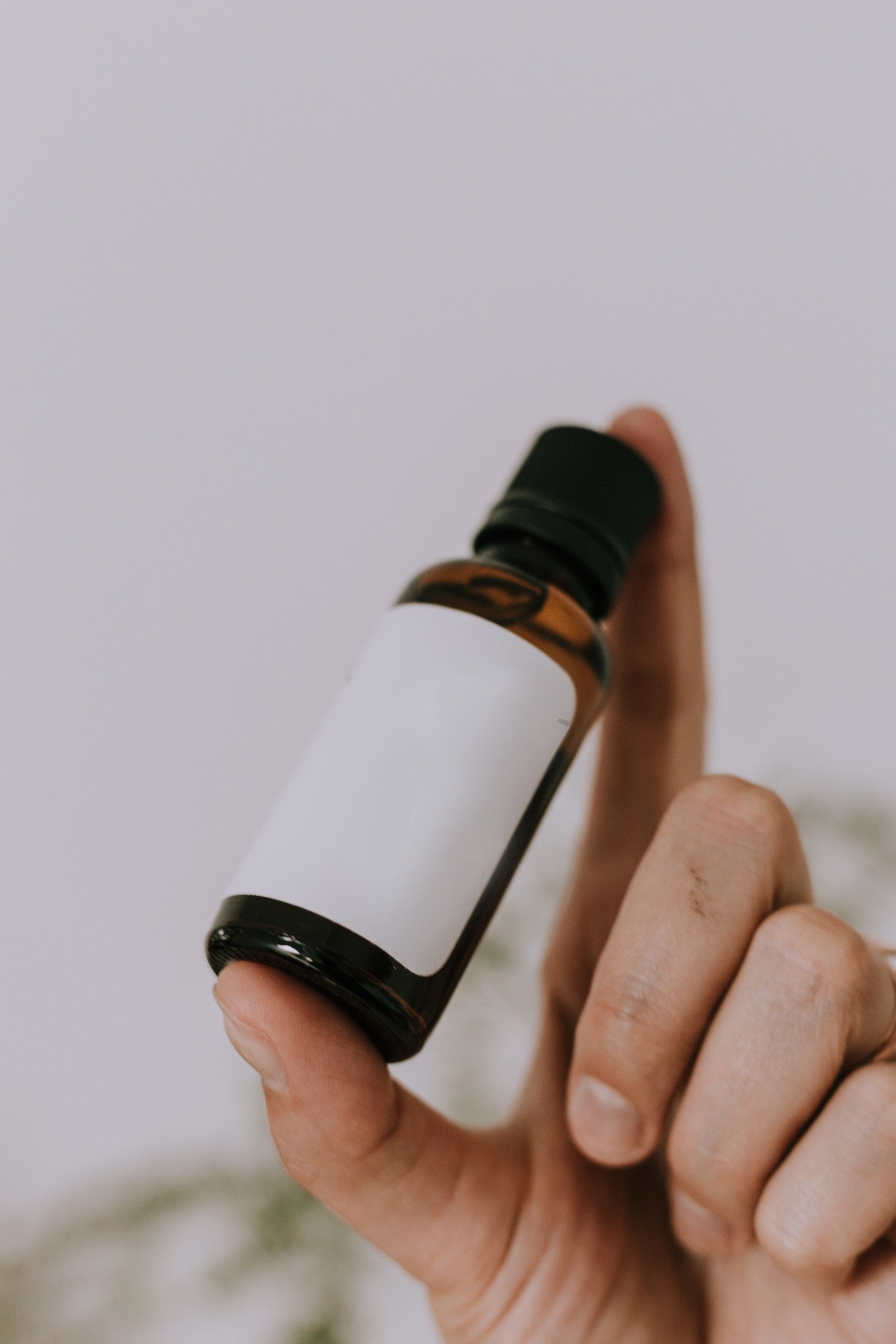
Highly touted as 1,000x more effective than mānuka honey, the 100 percent pure East Cape Mānuka Oil is the most potent antibacterial for acne and minor skin irritations. Scientific studies...